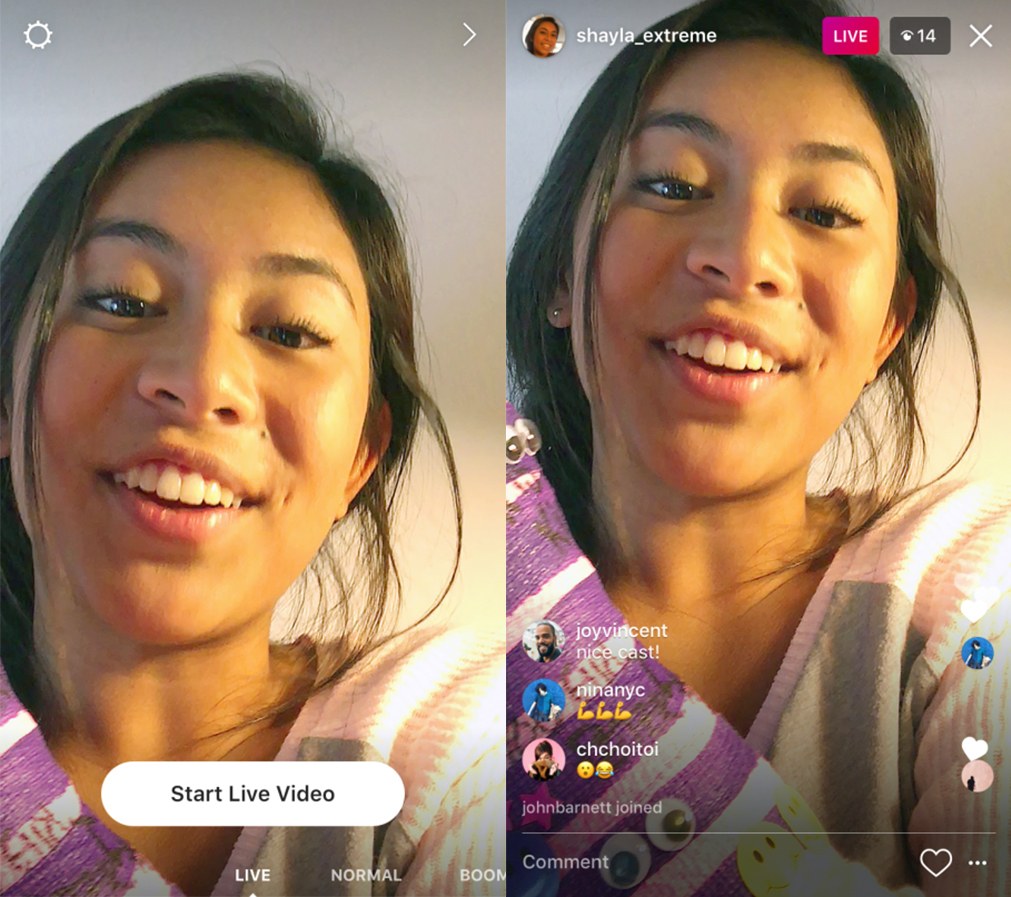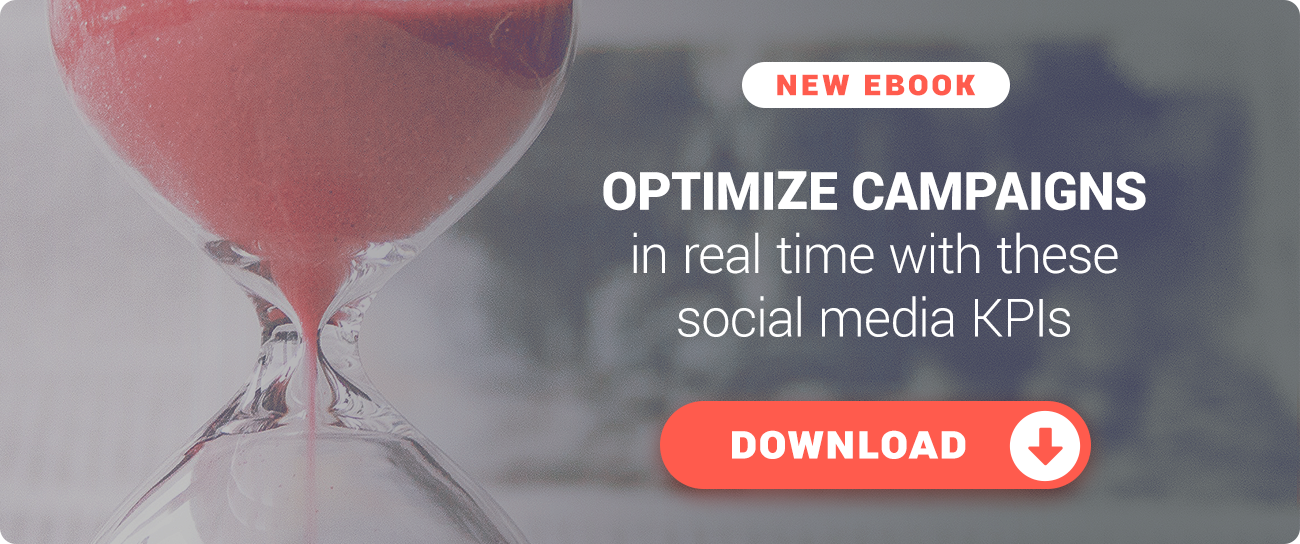4 Ways to Maximize Your Event's Marketing Impact with Social Media
Whether it’s product launch or a booth at a trade show, the goal of every marketing event is this: generate positive buzz for the brand, and create opportunities for sales teams to engage new customers.
While social media and messaging apps have altered the way we communicate, event marketing remains valuable for brand building, nurturing relationships, and reaching previously untouched audiences.
Here are some social media strategies to boost your next marketing event:
- Create a detailed social media event plan
- Leverage hashtags
- Monitor and engage with feedback in real time
- Broadcast it live on social
1. Create a Detailed Social Media Event Plan
Anything and everything can happen during an event. The trick is to expect the unexpected and to have the flexibility to capture the key moments.

Before the event, create a detailed plan outlining how social media will be used to support the event, and what kind of support is necessary from other teams. This includes details such as:
- Program flows, actions, and key moments to share. If post approvals takes time, pre-write captions for key posts so you can share the posts without delay
- Team leads and points of contact
- Contingency plans and messages in case of wet weather, accidents, or logistical issues - having holding statements prepared, and communicating actions for such situations can often-times help to mitigate negative sentiments from attendees
- How will you promote your event on social media prior to it, and follow up with people who posted about the event?
2. Leverage Hashtags
Hashtags are useful for creating and tracking conversations with multiple people at once, especially during events when one may not be able to interact with every participant personally.
Furthermore, event hashtags can help build brand awareness by allowing people to easily understand that other internauts are all talking about the same thing. On top of that, event attendees can easily find out what is happening by seeing other posts with the same hashtag.
For owned events,
- Create a unique hashtag that is short and easy to remember
- Display this hashtag prominently on all event collaterals
- Encourage participation by holding contests and raffles for participants who contribute to the event hashtag on social media
- Promote relevant content or products where appropriate
- Post the event program, behind the scenes moments, or regular updates for participants to follow
For exhibitions, conferences and tradeshows,
- Participate in the conversation by posting significant moments or responding to posts by other sponsors, participants and speakers using your brand’s social media handle
- Promote your brand’s display booth, along with clear directions on where to find it
Bonus: Find out how social media monitoring can help track hashtag performance.
Case Study
A renowned automotive brand launched a new concept seat design at a country wide motor show. By keeping track of event discussions on social media, the brand was able to respond to and engage with attendees in real time. By the end of the event, the seat attracted a high volume of chatter, and was one of the 10 must-see products at the show. This helped increase awareness for the brand.
3. Monitor and Engage with Feedback in Real Time
Marketing events are essentially real-time campaigns, and brands should actively monitor and promote their activities based on immediate feedback from customers. By making people feel engaged, brands are able to create optimal customer experiences at events.
To do this,
- Set up a social media monitoring or management dashboard to display event related discussions in real time
- Assign a dedicated community manager to monitor or engage with people on social media
- Resolve or escalate any major complaints to the relevant team
Case Study
A renowned automotive brand launched a new concept seat design at a country wide motor show. By keeping track of event discussions on social media, the brand was able to respond to and engage with attendees in real time. By the end of the event, the seat attracted a high volume of chatter, and was one of the 10 must-see products at the show. This helped increase awareness for the brand.
4. Broadcast Live on Social
One good way of generating buzz beyond your event’s premises, is to broadcast it live on social media.
To create a winning multichannel strategy for your broadcast,
- Use Facebook Live, YouTube Live, other platforms, or a combination of platforms to reach as most as viewers as possible; be sure to identify the right channels for your target audience beforehand!
- Broadcast significant moments, such as event openings, behind the scenes snippets and prize announcements, on Instagram Stories or Snapchat
- Cross-promote the broadcast on other platforms such as Twitter to drive further views
- Showcase the event from an optimal angle; nobody wants to tune in to a low quality broadcast!
- Address viewers during the broadcast to make them feel engaged
 A live Instagram Stories broadcast.
A live Instagram Stories broadcast.
Case Study
An electronics company wanted to promote their new gaming technology through a live gaming event. The event team monitored social media and discovered the majority of their target audience had moved from video platforms like YouTube and Vimeo to streaming platforms dedicated to gamers. With this mind, the company broadcasted the event’s live stream on this platform instead, thereby reaching more target viewers as a result.
Three Things to Consider
When deploying social media strategies for your marketing event, consider:
- How each online channel can contribute to your event’s overall goal
- The before, during, and after phases of the event
- How to generate buzz for your brand beyond the event’s premises
Check out how you can optimize campaigns in real time using indicators from social media.
Written by Melissa Chue
Melissa is a digital advocate who loves diving into the latest trends in digital and social media. Since joining Digimind’s marketing team in 2015, she has written studies for over 15 industries in Asia Pacific. When she is not telling stories about data, Melissa can be found exploring her favourite cafes and hangouts on Instagram @chuepachups.

